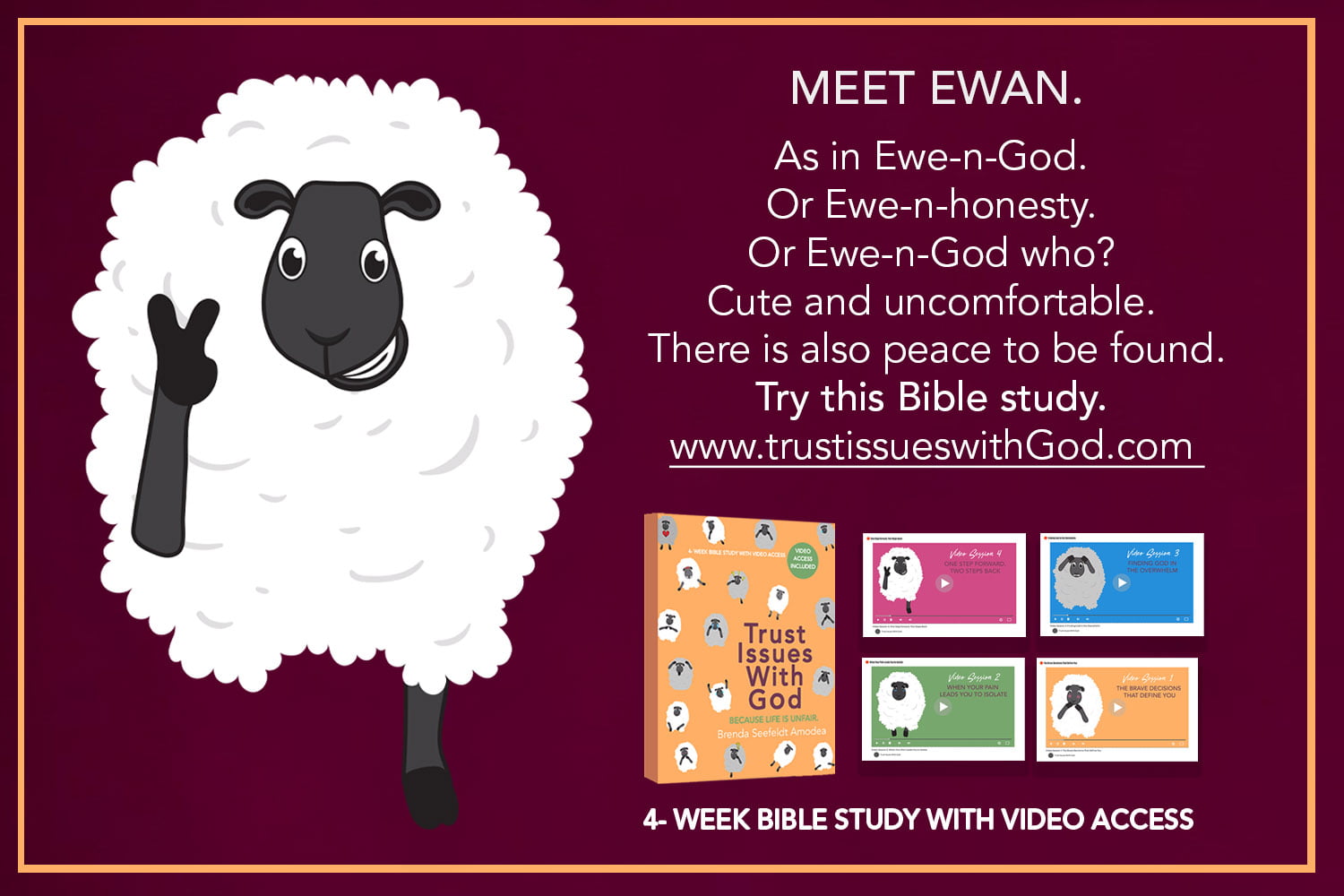Pain is Always a 10—Until it Isn’t

Have you seen in doctors’ offices a poster to help the patient identify the pain level? This is something you can use to help your teen learn perspective about those big emotions.
Big emotions is a normal part of adolescent development. It’s a part brain growth. A part of adolescent development is feeling these emotions for the first time and creating those neural pathways for the future. This is feeling all of the emotions.
For a teen who is experiencing so many new and often big emotions, everything registers as a 10. But that is not very helpful to you as you try to figure out how to respond. What is really a 10 and needs my immediate attention and wisdom and what is less than 10 and will pass in 5 minutes? This is not so easy to discern. What you may think is a 5-minute outburst could actually be a window into a deeper problem.
Remember that perspective is not learned “in the moment.” In that painful moment, it will always be a 10. Allow that 10 to be true. Comfort your teen as if this adolescent problem is a 10—every time.
This will mean you will have to interrupt what you are doing. This means you will have to give your teen time—time you probably don’t have. This means you will have to feel your teen’s pain—even if to you it feels silly. This means you will have to watch that you don’t roll your eyes or say something trite. This means you don’t say, “When I was your age…”
This is a vulnerable moment and you have to be in it.
I have a parent in my church who calls this “interruptive parenting.” She’s willing to be interrupted by Holy Spirit-led moments to let her teens know she sees them in their pain, which for her is so often nonverbalized.
After that moment has passed, bring out the pain scale you have stored in just that right location. Ask what number that life crisis deserves now. This is such a teachable moment!
Your teen will begin to learn about perspective.
Your teen will learn that pain does end. And that pain is not the end of everything.
You can introduce your teen to where God really is when life hurts so much. This is when you can share what you have learned. This is when you can share how you’ve come to trust God through it all. (Such a powerful truth to pass on.)
You can teach your teen about bravery. Which I define bravery as your decisions to actually trust God. That is full of vulnerability because with God there is not the guarantee of the controlled outcome you want.
You can teach about “holy tension” which is the discomfort of being stuck in between but knowing that if you can make a brave vulnerable decision something holy is going to happen. Something holy can happen out of this pain that was a 10.
You can teach your teen to not be afraid of his/her pain. How pain is always the beginning to something. A broken heart is always a beginning.
You can teach that God has hard-wired us for pain. Our brains were created for growth and change.
It is in these moments that you can teach your teen about the newness of these emotions and the Larger Story God.
All of this because you decided to not be afraid of your teen’s pain, to interrupt your life, and to pull out this pain chart to have this discussion.
We are cheering for you, parent.




